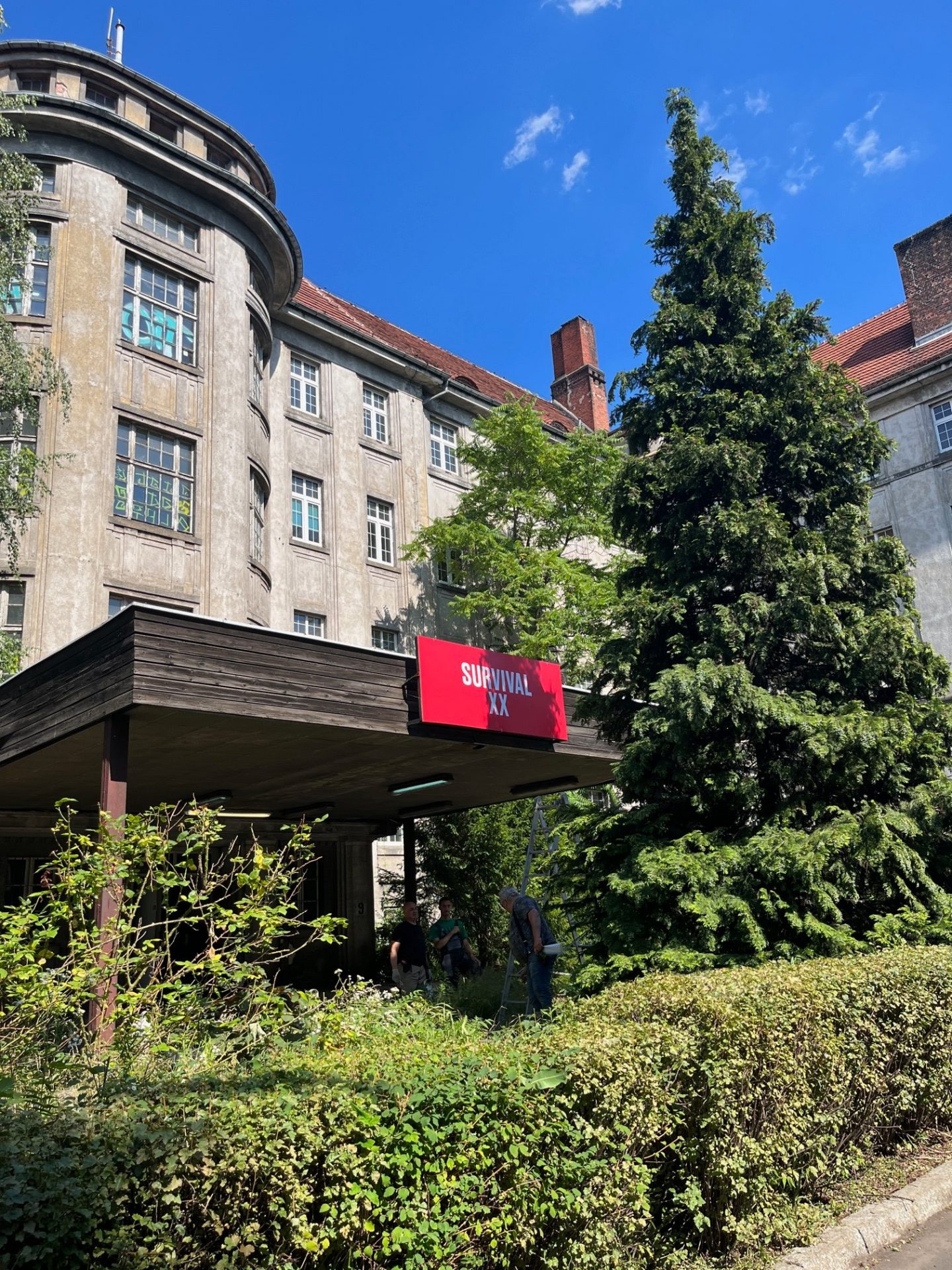location

Built in 1852–1916, the complex of hospital buildings on Traugutta Street currently constitutes one of the most interesting examples of historical hospital architecture in Poland. It is almost complete – out of ten buildings originally constructed in various architectural styles, nine have survived to our times. It is also Wrocław’s only institution of that size that was established by women and run by them until 1945. In the mid-nineteenth century, Evangelical deaconesses purchased the tavern “Under the Austrian Emperor” with a view to opening an infirmary there. A chapel was built next to it, soon followed by more buildings. The largest one of them, already heralding the advent of Modernism, was erected in 1913–1916. The entire complex was called “Bethany.” At first, the hospital had 80 beds; this number would eventually reach over 200, making it one of the largest in Wrocław. Patients were admitted regardless of their religion and treated in the departments of internal diseases, surgery, laryngology and gynaecology. The complex also comprised wards for infectious and chronically ill patients. After 1945, the hospital was given the name of Tadeusz Marciniak, and one of its facilities was designated as a children’s ward.
The location of this complex in the Przedmieście Oławskie housing estate turned out to be hugely important for its development. Situated in the eastern part of the city, it is one of the most interesting districts in Wrocław in terms of the variety of architecture. It is named after the trade road leading to the town of Oława and further towards Krakow. Before 1808, when Przedmieście Oławskie officially became part of the city, it was a recreational area often visited by bishops of Wrocław, among others. The character of the district began to change in mid-19th century due to the proximity of the railway station and the city centre, which favoured the development of manufacturing facilities and, consequently, an influx of inhabitants. Large tenement houses were built along the old trade route, with warehouses and small manufacturing facilities in their yards. The area along Traugutta Street became a kind of the first industrial centre of Wrocław. At the same time, on the other side of the “Bethany” hospital there were green areas of the Rakowiec village, which was a kind of entertainment centre where travelling artists would set up their circus tents alongside lupanars. The flip side of this form of lifestyle was the drama of the girls employed in these nomadic institutions, often very young, who in many cases were also sex workers. At the end of the 19th century, Wrocław had the highest number of sex workers in Germany, and many of them worked in Przedmieście Oławskie. A very important and completely unknown fact in the history of this neighbourhood was the opening of Wrocław’s first club for non-heteronormative people (who then called themselves “friends”) around 1920, soon followed by a second one in the vicinity of the “Bethany” hospital. After 1945, having survived the siege of Wrocław, Przedmieście Oławskie was quickly populated by newcomers and began to face the same problems as any district consisting mostly of tenement houses. During these post-war years, many legends arose around the area, which in the 1980s resulted in nicknaming it “the Bermuda Triangle.” Although this name is still commonly used, today it usually triggers associations with an interesting part of the city with many architectural monuments, community activation centres and pro-social initiatives.